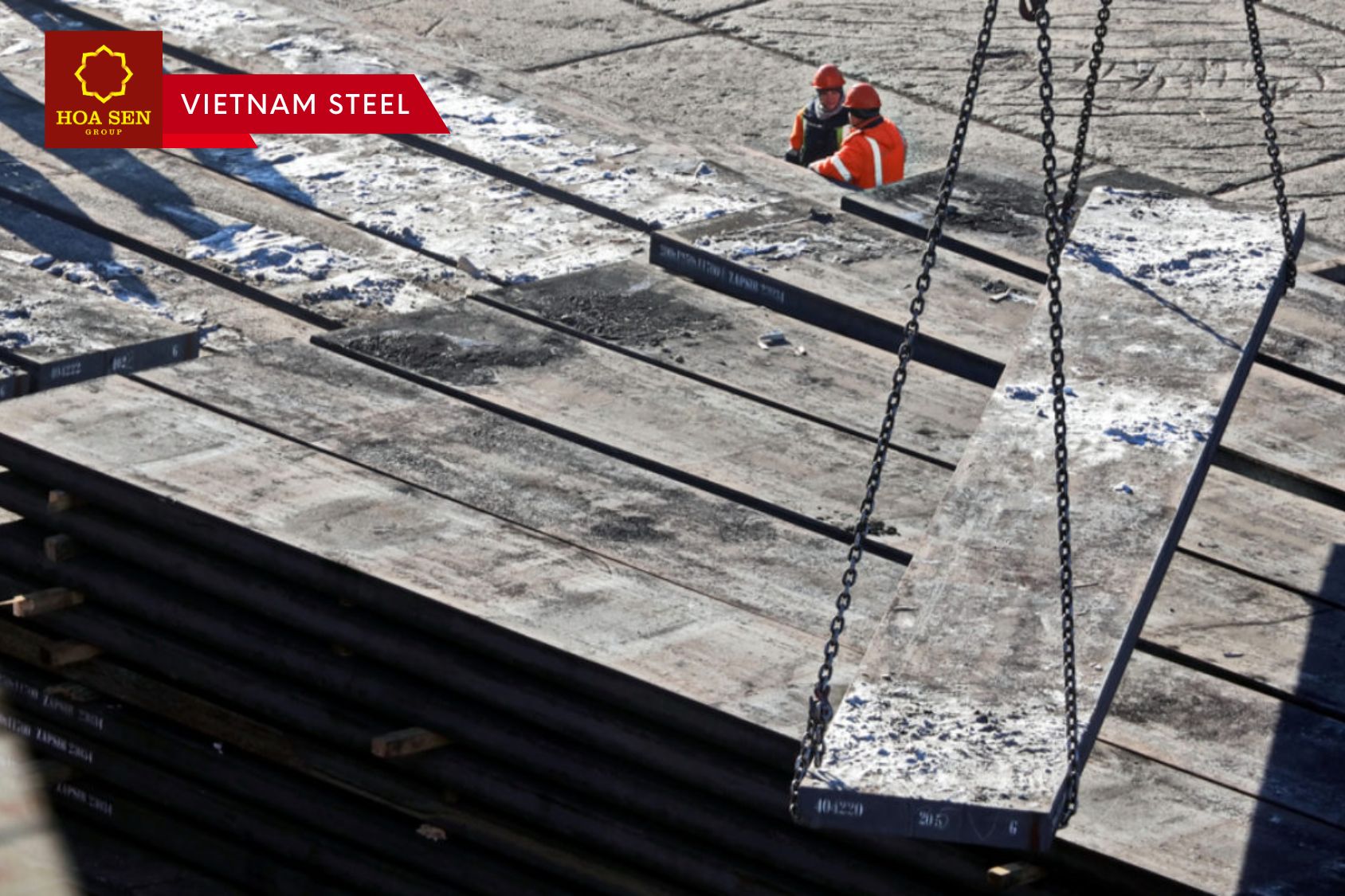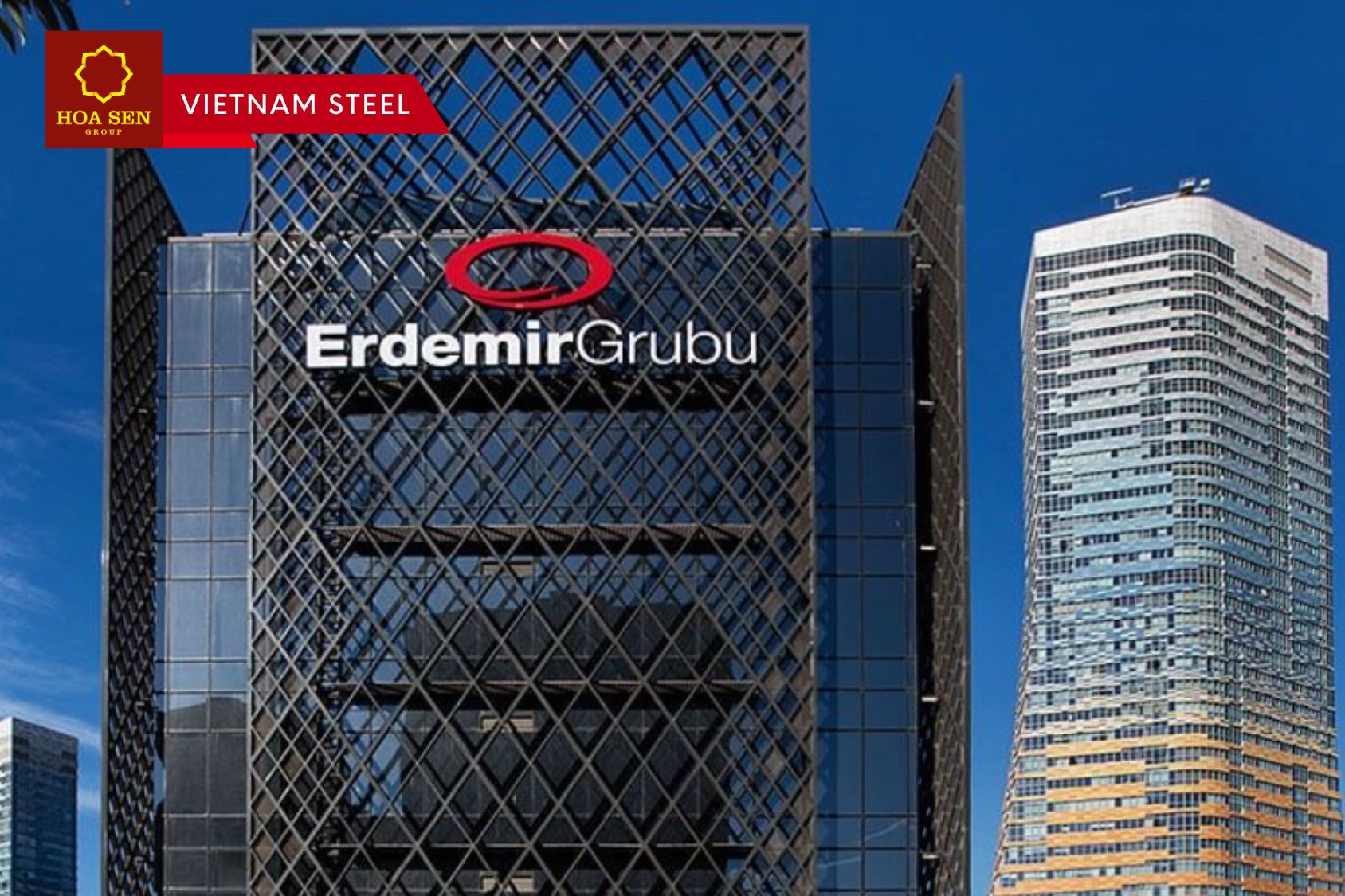Semi-finished steel products, direct reduced iron and pig iron account for the bulk of the volume
In January-August 2024, the European Union (EU) imported 3.9 million tons of metallurgical raw materials of Russian origin. The cost of imports of these products amounted to €1.87 billion. This is according to GMK Center’s calculations based on Eurostat data.
Semi-finished products account for the bulk of imports. In the first 8 months of 2024, 2.14 million tons of slabs and billets were shipped to the EU. The cost of relevant imports amounted to €1.1 billion. The largest consumers of semi-finished products from Russia are Belgium – 819.4 thousand tons, Italy – 467.9 thousand tons, Denmark – 344.9 thousand tons, and the Czech Republic – 324 thousand tons.
Pig iron also accounts for large import volumes – 949.07 thousand tons. Revenues of Russian iron and steel companies from the supply of pig iron to the EU market amounted to €388.03 million. The main volumes were sent to Italy – 725.41 thousand tons, and Latvia – 114.6 thousand tons (+78.4% y/y).
Supplies of Russian-made ferroalloys to the EU market in January-August 2024 increased by 114.9% compared to the same period in 2023, to 63.41 thousand tons. Import costs amounted to €118.98 million (+43.9% y/y). The Netherlands accounted for more than 80% of supplies – 51.48 thousand tons (+152.5% y/y).
Imports of scrap from Russia amounted to 26.19 kt, and procurement costs amounted to €14.78 million. Iron ore supplies amounted to 9.36 thousand tons and €1.33 million. At the same time, imports of direct reduced iron during this period reached 718.83 thousand tons for €245.7 million.
The European Union continues to import significant volumes of steel products from Russia. This trend is predictable, as Russian producers offer products at significant discounts, and most plants are dependent on them. In addition, the sanctions packages have not included a complete ban on such imports for a long time, or still do not include a complete ban on such imports. In the case of slabs, the European Commission decided to ease restrictions and allow imports from Russia to continue. There is a risk that this case will be used to lift restrictions on imports of pig iron from Russia. At the same time, Ukraine, as a future EU member, has every opportunity to replace Russian products on the European market.
As reported earlier, in 2023, the EU reduced imports of steel and mining products from Russia by 39.5% compared to 2022, to 4.8 million tons. Import costs decreased by 38.5% y/y – to €2.4 billion. Semi-finished products accounted for the bulk of imports, accounting for 69.4% of total supplies.
Read more: Turkey’s Erdemir to test hydrogen injection into blast furnace No. 1
Vietnam Steel by Hoa Sen Group

